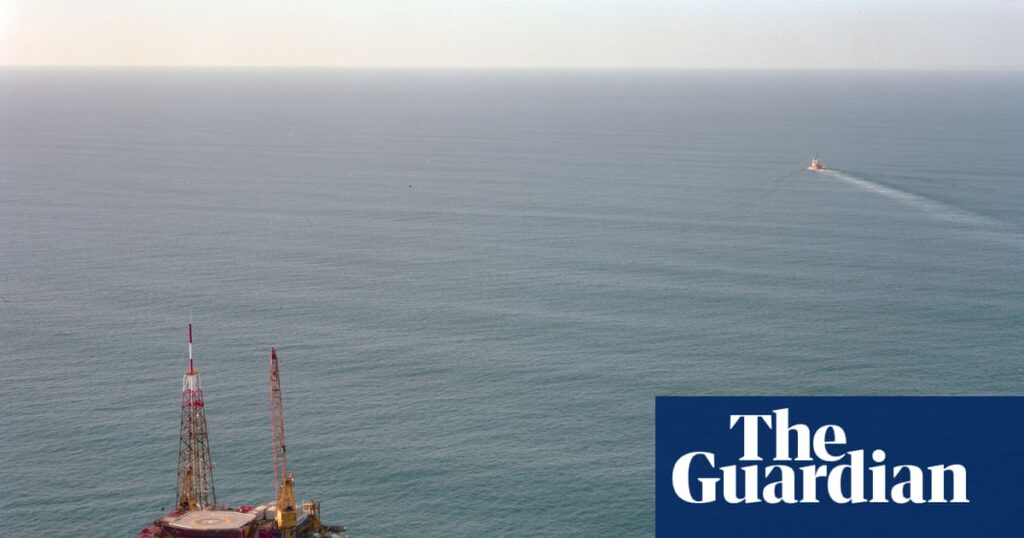
New Zealand’s oceans are warming at a rate 34% faster than the global average, posing significant risks to homes and industries across the nation, according to a new report. The study highlights that approximately NZ$180 billion (US$104 billion) worth of housing is at risk of flooding, underscoring the urgent need for climate action.
The findings are part of the Ministry for the Environment and Stats NZ’s triennial update, Our Environment 2025, which compiles comprehensive data across five domains: air, atmosphere and climate, freshwater, land, and marine. The latest installment, Our Marine Environment 2025, presents a concerning picture of New Zealand’s coastal and marine ecosystems, characterized by warming seas, rising sea levels, and increasing marine heatwaves.
Impacts of Warming Oceans
Dr. Alison Collins, the Ministry’s chief science adviser, emphasized the immediate impacts of climate change on New Zealand’s marine environment. “Climate change isn’t just something far and distant … it has impacts on our ocean and on our coast,” she stated. The report outlines various threats, including risks to indigenous marine species, coastal flooding, and more severe storms that could devastate communities and the economy.
According to the report, 219,000 homes valued at $180 billion are situated in coastal and inland flood zones, with over $26 billion worth of infrastructure at risk. Additionally, about 1,300 coastal homes could face significant damage from extreme weather events. Sea levels in some regions are projected to rise between 20cm to 30cm by 2050, a critical threshold for many communities.
“Sea levels that reach that height mean that a coastal storm that used to happen every 100 years could start happening every year,” Collins warned.
New Zealand’s Unique Vulnerability
The report highlights New Zealand’s unique vulnerability due to its geographical position, which makes it more susceptible to changes in atmospheric circulation and ocean currents. Between 1982 and 2023, sea-surface temperatures in New Zealand’s ocean regions increased by 0.16 to 0.26 degrees Celsius per decade, outpacing global averages by 34%.
The Subtropical Front, a critical boundary between cold subantarctic and warmer subtropical waters, has shifted 120km westward, marking the first observed change in large-scale ocean circulation around New Zealand. This shift, driven by warming waters, is expected to have “huge impacts” on ecosystems, affecting species such as corals, sponges, kelp, and fish.
Economic and Ecological Consequences
Ocean acidification and warming are also impacting New Zealand’s fishing and aquaculture industries, which contribute $1.1 billion to the economy. These changes can lead to toxic algae blooms in shellfish, posing risks to human health and marine biodiversity. Marine heatwaves are becoming more intense, longer-lasting, and more frequent, linked to mass sea sponge bleaching, die-offs of southern bull kelp, and other ecological disruptions.
Recent unprecedented marine heatwaves have resulted in large-scale fish strandings and penguin deaths, highlighting the urgent need for comprehensive monitoring and research. The report calls for more extensive studies to better understand the interactions between climate change, oceans, severe weather events, and ecosystems.
“It is a bit like pulling a thread from a fabric and the whole thing can sort of fall apart – understanding those interactions is perhaps the biggest blind spot for us,” Collins noted.
Looking Forward
The report’s findings underscore the necessity for proactive measures to mitigate climate risks and enhance resilience. As New Zealand grapples with the realities of a warming ocean, the focus on sustainability and climate adaptation becomes increasingly critical. Policymakers and communities alike must prioritize efforts to protect vulnerable coastal regions and preserve the nation’s rich marine biodiversity.
As the world continues to address the challenges posed by climate change, New Zealand’s experience serves as a stark reminder of the interconnectedness of global ecosystems and the urgent need for collective action.





